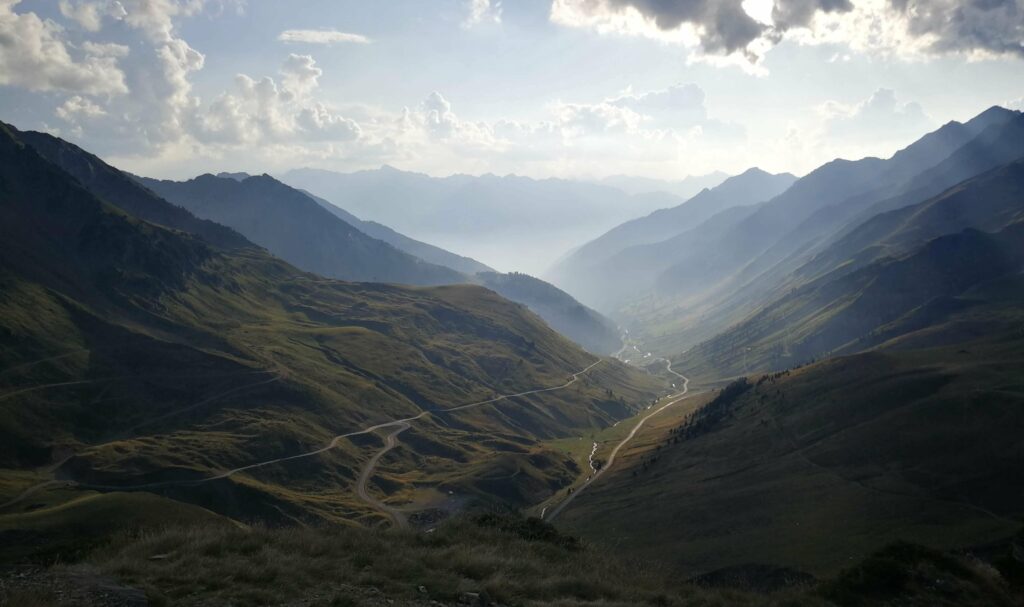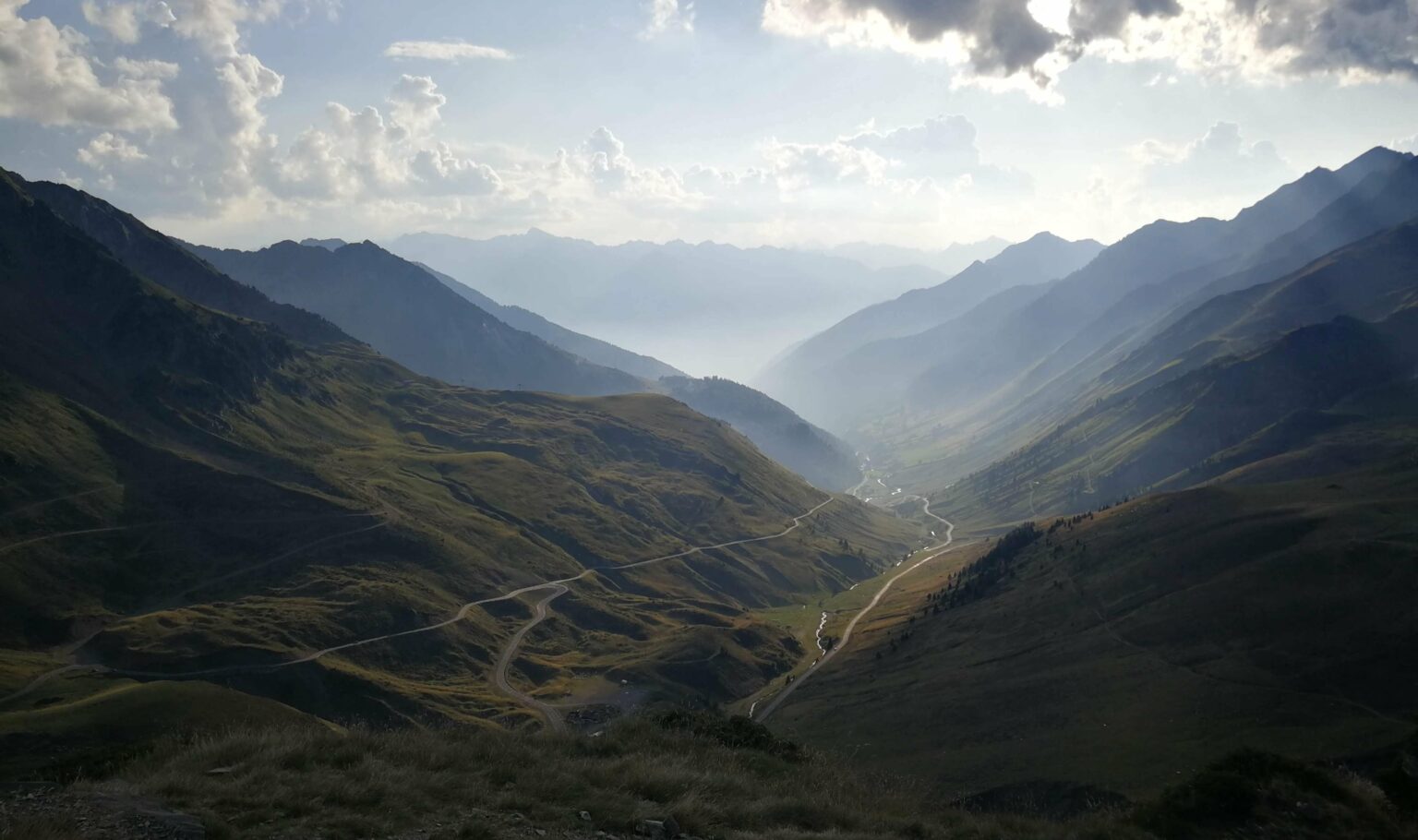It is one of the most emblematic passes of the Tour de France, as well as being considered one of the most difficult passes in the country.
Here are 5 reasons why the Col du Tourmalet is a myth for cycling fans and mountain lovers alike.
READ MORE: What are the 10 best walks in the Pyrenees?
1. Its altitude
The Col du Tourmalet is 2,115 metres above sea level, making it one of the highest passes in the Pyrenees. The views from the summit are spectacular.

In winter, with its 70 ski runs at altitudes of between 1400 and 2500 metres, the Grand Tourmalet is the largest ski area in the Pyrenees. There are 100 kilometres of runs from La Mongie to Barèges.
2. Its history
The pass has been used for centuries by the inhabitants of the region, but its importance as a place of passage became more marked in the 19th century with the construction of a carriage road.
The Tour de France crossed the pass for the first time in 1910. Since then, it has become an essential part of the race, contributing to its legend.
3. A profile that appeals to cyclists
Because of its high altitude, length (around 19km from Sainte-Marie-de-Campan) and steep gradients, the Col du Tourmalet is a feared challenge for professional and amateur cyclists alike.

It is generally classified as a first-category climb and offers magnificent panoramic views of the Pyrenees. In summer, everyone wants to try it.
4. Its central place in the Tour de France
The pass has become a cycling monument thanks to the exploits of legendary Tour de France riders such as Fausto Coppi, Eddy Merckx, Bernard Hinault and Lance Armstrong.
The pass is also the venue for numerous celebrations and events when the Tour passes through.
5. Its tourist appeal
Outside the cycling season, the Col du Tourmalet is a popular spot for hikers, cross-country skiers in winter and nature lovers.

The panoramic views from the pass are spectacular, and it is surrounded by national parks, picturesque villages and unique flora and fauna.

